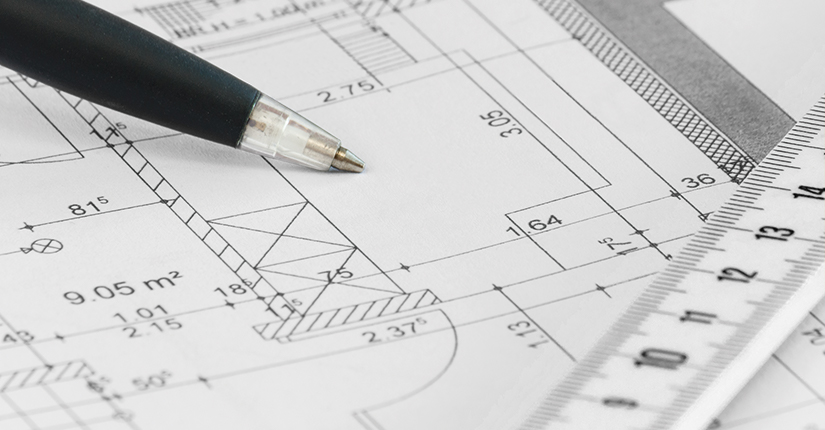David Stagg, technical product specialist for sustainable water management specialists Graf UK, is urging specifiers of wastewater treatment plants to think long term and life cycle to avoid landing clients with unplanned and unsupported servicing and maintenance.
Graf UK is currently heavily involved in helping specifiers, installers and end users meet new septic tank regulations which came into force in January. And even more topically, advising developers on storm water management systems.
As part of its advice on the new septic tank regulations, an option for which is to replace existing septic tanks with wastewater treatment plants, David suggests that architects designing buildings off the mains sewage network factor in risk management (for themselves AND their clients) and look beyond initial material costs towards lifetime costs.
While maintenance costs are generally the largest cost on any asset, they are rarely taken into account during the design and construction phase, after which the client is liable for the maintenance and servicing and has to bear those lifetime costs.
So a long-term approach should be developed at design stage, and specifiers should consider that while an intelligent system may have more up-front costs, it is designed specifically to minimise running costs and would be a much more effective solution, both cost and quality wise, over the long term.
Graf UK, which has more than 20 years’ expertise in the wastewater treatment market, urges specifiers to involve manufacturers early on in the design process, specifically manufacturers who are prepared to visit site to analyse all aspects of the scheme so the most cost-effective long-term solution can be designed. This is the time when specific site issues such as high water tables/tidal waters can be identified and taken into account within the design.
Schemes such as remote hotels or holiday parks* have their own site issues. The seasonal highs and lows would benefit from a multi-line wastewater treatment system where one or more lines are shut down during the off-peak season to cater for lower numbers but still maintains a high effluent quality which would result in significant power savings over time.
Another element for savvy specifiers to factor in is where wastewater effluent volume may increase in future years. Here, the design of the treatment system can be future proofed to allow for the retro-fitting of additional tanks to increase the overall capacity of the system. This is only possible if the tanks can be gravel backfilled rather than surrounded in concrete – the more traditional and time-consuming (and therefore money-consuming) process.
Yet another future-proofing element is the use of a SBR (Sequence Batch Reactor) treatment process which produces high-quality effluent discharge that adheres to the most stringent effluent levels imposed by local regulating bodies and is optimised against regulation changes.
This process can also deal with systems that are up to 75 per cent under-loaded (where a system designed for 100 only has a population of 25). In addition, the use of underload detection can lead to huge savings in running costs, as evidenced below from a live scheme:
Number of cycles under normal operation = 2,212
System calibrated to detect unloading (actual cycles run = 895)
Reduction in power usage = 50 per cent+
And where three-phase power is not readily available and would be expensive to install, the design can also utilise multiple lines to allow the use of single-phase power.
More advanced systems have control panels that allow for the very simple process of plug-in retro fitting of add-ons such as carbon dosing, chlorine dosing and PAC dosing as well as the further reduction of pathogens and salts in the effluent, pumped outlets and remote monitoring via LAN/GPRS.
After all these design elements have been factored in, Graf UK advises specifiers also bear in mind installation, and opt for manufacturers with networks of approved contractors/service providers. The same for commissioning (to ensure a system is installed and operating correctly).
And then once a system is up and running, maintenance and servicing requires regular visits, again by manufacturer-approved service providers.
Last but not least, when it comes to the long-term future of our environment, designing sustainability into a wastewater treatment system is easily done by specifying a system manufactured from recycled plastic.
